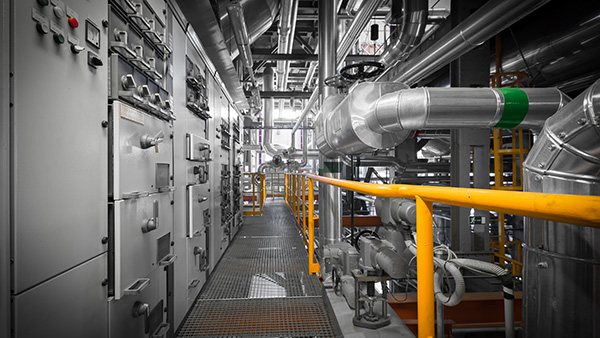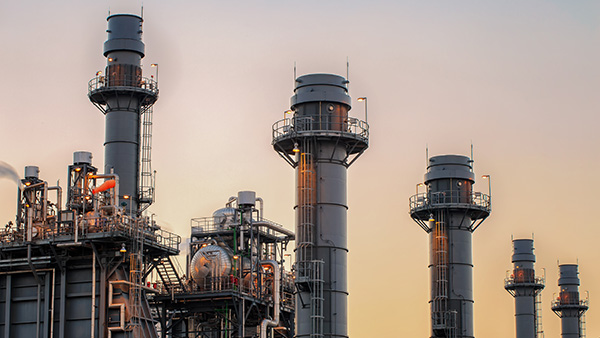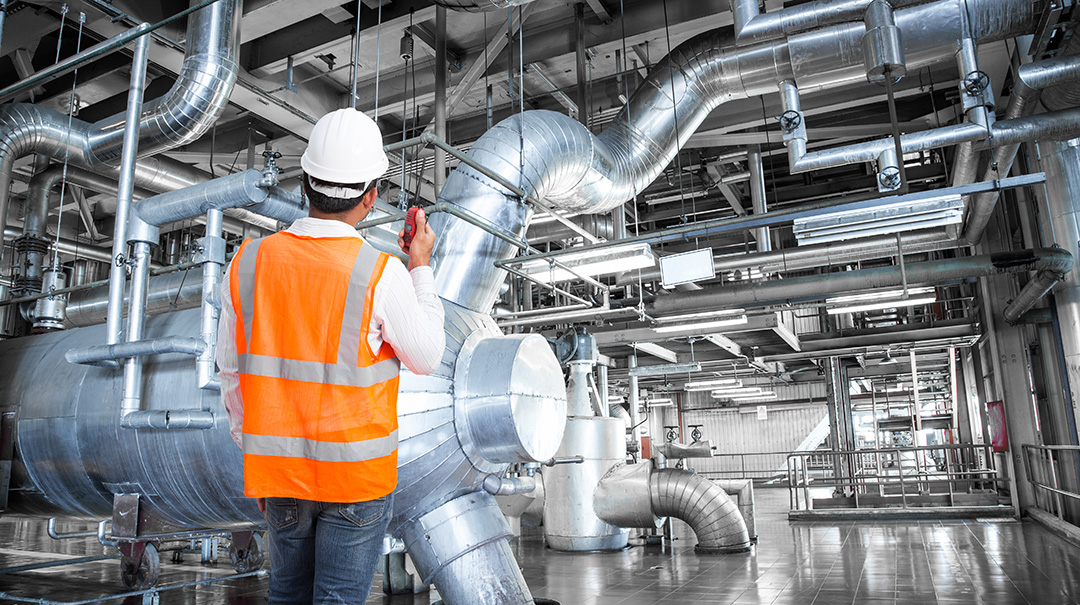Thermal power plants play a big role in powering the United States. But they’re only able to do that because the people in charge of those power plants make sure that they’re operating safely.
Safety audits in thermal power plants are key to this process as they help make sure that everything in the plant is running safely. But what type of safety audits does your thermal power plant need? And how often?
Power Plant Safety Considerations
When thinking about safety in your power plant, a good place to start is reviewing the most common types of hazards in these facilities. That way, you can make sure your safety plan encompasses everything that it needs to in order to keep your plant and its workers safe.
safety plan encompasses everything that it needs to in order to keep your plant and its workers safe.
When you go through a safety audit, the team that runs it will assess your preparedness in each of the following four areas. They’ll let you know where you’re vulnerable and help you plug those holes before they turn into problems.
1. Electrical Shocks
Electrical shocks are one of the premier dangers that workers encounter while carrying out their duties at thermal power plants.
These shocks can be especially dangerous because the electrical equipment in these facilities is designed to process extremely large amounts of electricity.
From 2012 to 2016, about 3 workers died per week from fatal electrical shocks – a statistic that demands to be taken seriously.
2. Contact with Hazardous Chemicals
Power plant workers are also routinely exposed to materials and chemicals that can be dangerous to come into contact with, which include:
- Corrosives (acids and bases)
- Oxidizers
- Solvents
Thermal power plants need to develop comprehensive plans to ensure that workers always handle these objects safely and securely.
3. Falls
Many thermal power plants have large pieces of equipment spread across multiple stories. When employees work on these, they often do so on a ladder or some other type of elevation tool, which opens them up to the potential of falling and sustaining injury. That’s why it’s also important for your plant to develop a good safety strategy for preventing falls.
4. Fire Safety in Thermal Power Plants
Fire safety in thermal power plants is another important focus for you. Various pieces of equipment use flames and sparks to do their jobs. And that opens up the risk of a fire occurring in your plant, which is why safety audits in thermal power plants tend to focus on fire safety.
When your facility goes through a safety audit, the team that runs the audit will be able to assess where you’re vulnerable when it comes to fire safety so that you can fix the problems before they manifest themselves in a workplace safety incident.
Environmental Health and Safety Guidelines For Thermal Power Plants
The government has created various safety standards that all thermal power plants must abide by. Those that don’t meet their obligations under these standards may face hefty fines.
The environmental health and safety guidelines for thermal power plants that apply to your facility will vary based on your location. Your obligations will be determined by:
- Federal OSHA safety guidelines
- State-based rules and regulations regarding thermal power plant safety
- Locally-mandated safety requirements
You need to follow the rules and regulations set on each level to meet your obligations and avoid fines.
Why Safety Planning Isn’t Enough On Its Own
It’s great to have a solid safety plan, and every thermal power plant should. But it’s also important to understand that planning only gets you so far.
That’s because even the best-laid plans depend entirely on execution. If your employees don’t carry out your safety plan as you’ve written it, then it’s not going to be effective. You could still be liable for any injuries or damage that occurs due to a failure of execution, even if you’ve met all of your obligations with a comprehensive safety plan.
That’s why safety audits are so important. They take a look at the actual on-the-ground conditions of your power plant and let you know where the gaps in safety lie. That way, you can make sure that your safety plan is being implemented the way it’s meant to be.
Performing Safety Audits in Thermal Power Plants
A strong thermal power plant safety audit needs to include several different essential components. If your plant needs an audit soon, make sure that it includes each of these features:
- Assessment of all federal, state, and local codes and legislation that apply to your thermal power plant
- Assessment of how well you’re currently complying with all of those codes and laws
- Data sampling from each of your facilities
- Identification of any areas of non-compliance
- Consultation to help you resolve the areas of non-compliance
If your safety audit has all of these features, you can be confident that it’s helped you meet your safety obligations as a leader at your thermal power plant.
Just keep in mind, you need to have these safety audits with some regularity. Otherwise, you could let unresolved safety issues fester for long enough to create an incident.
Salvation Safety Can Handle Your Next Thermal Power Plant Safety Audit
If your thermal power plant needs a safety audit, consider reaching out to the professionals at Salvation Safety.
We’re experts at mitigating risks and protecting businesses. We can do the same for your company by putting it through a comprehensive safety audit, which assesses your vulnerabilities and helps you fix them.
Whether it’s been years since your last safety audit or you just need a refresher, we can provide you with the support that you need to know with confidence that your thermal plant is operating safely.
Get in touch with us today to learn more about how we can help.


